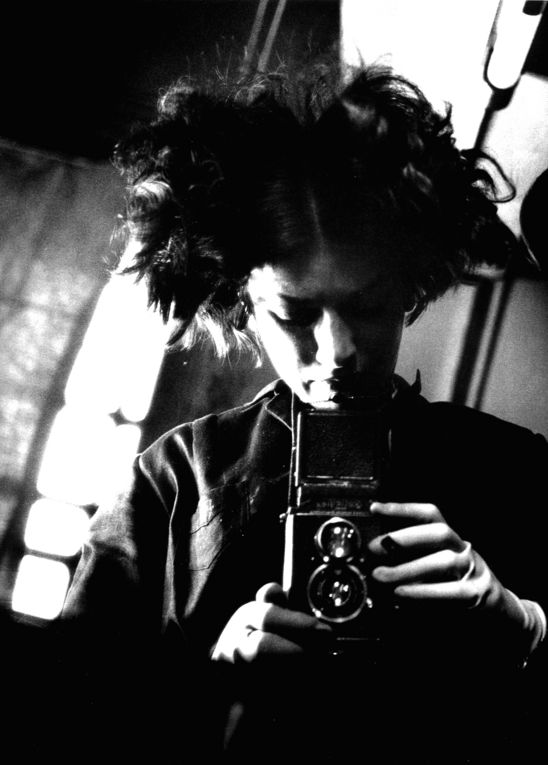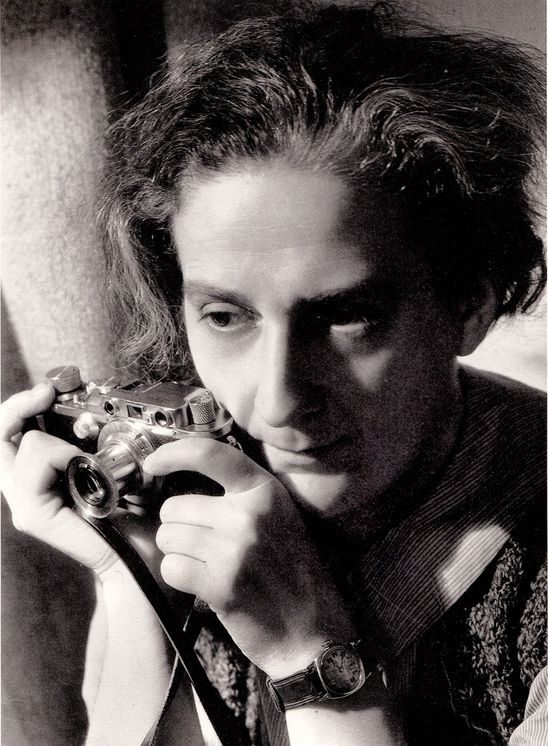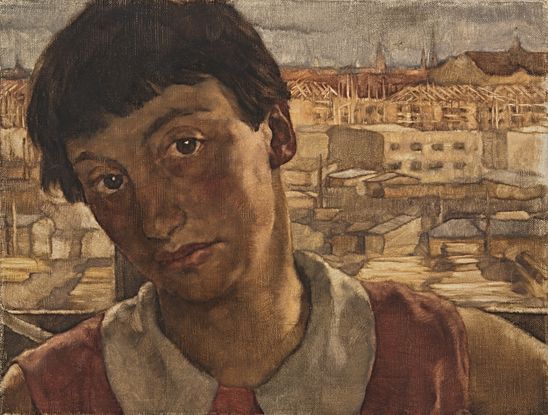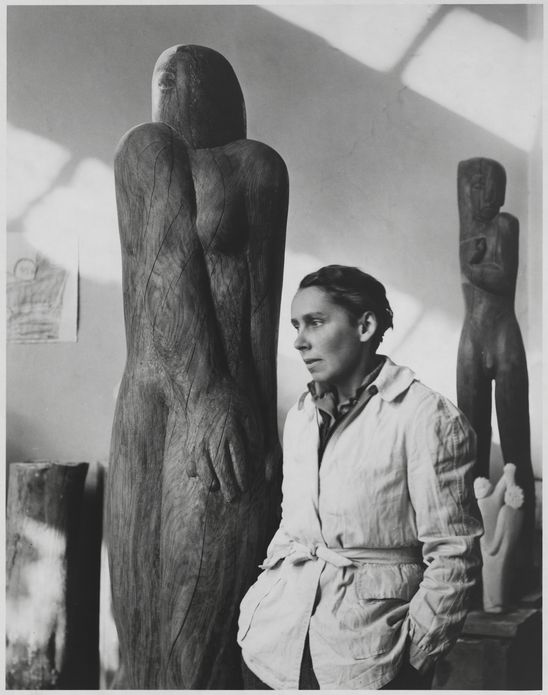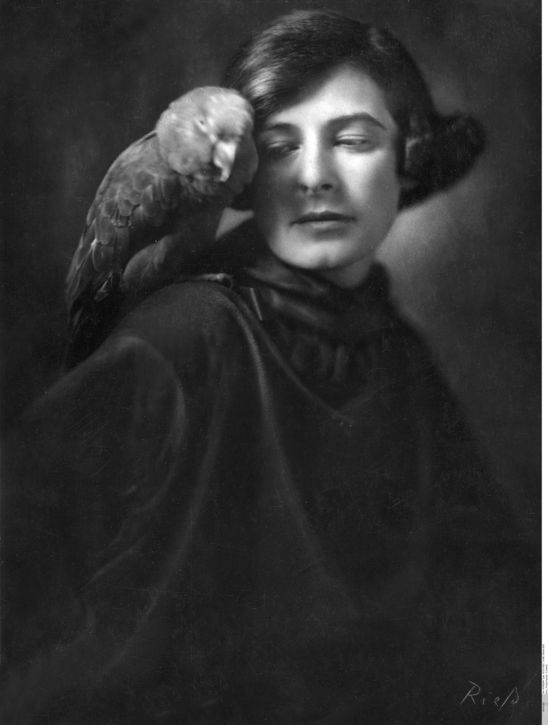“Lotte Laserstein – that will be a name to remember. The artist is among the very best of the younger generation of painters. Her glittering rise will be one to follow,” wrote the Berliner Tageblatt in 1929. For Lotte Laserstein (1898–1993) the central theme was portrait painting. As one of the first women to study at the Akademische Hochschule für bildende Künste in Berlin, her painterly style was rooted in the naturalism of the nineteenth century. In the 1920s she responded intensively to the image of emancipated New Woman as propagated by cinema, photography and advertising.
However, after many accolades in the Weimar Republic, Laserstein’s career came to an abrupt end. Under the Nazi regime she was labelled as a “three-quarter Jewess” and banished from all public artistic activity. In 1937 she emigrated to Sweden. Cut off from the international art scene, her work was all but forgotten. Not until the exhibition at Berlin’s Ephraim-Palais in 2003/2004, organised by Das Verborgene Museum together with the Stiftung Stadtmuseum, did her rediscovery in Germany begin.
In 2009 Laserstein’s papers were gifted to the Artists’ Archives at the Berlinische Galerie. The fonds includes photographs of her works, sketchbooks, private and professional correspondence, records of her participation in exhibitions, and books from the artist’s library.
In 2019 the exhibition “Lotte Laserstein: Face to Face” transferred from the Städel Museum in Frankfurt am Main to the Berlinische Galerie, where it acquired many additional works.
Find out more about the artist on the website (archive) of Das Verborgene Museum
